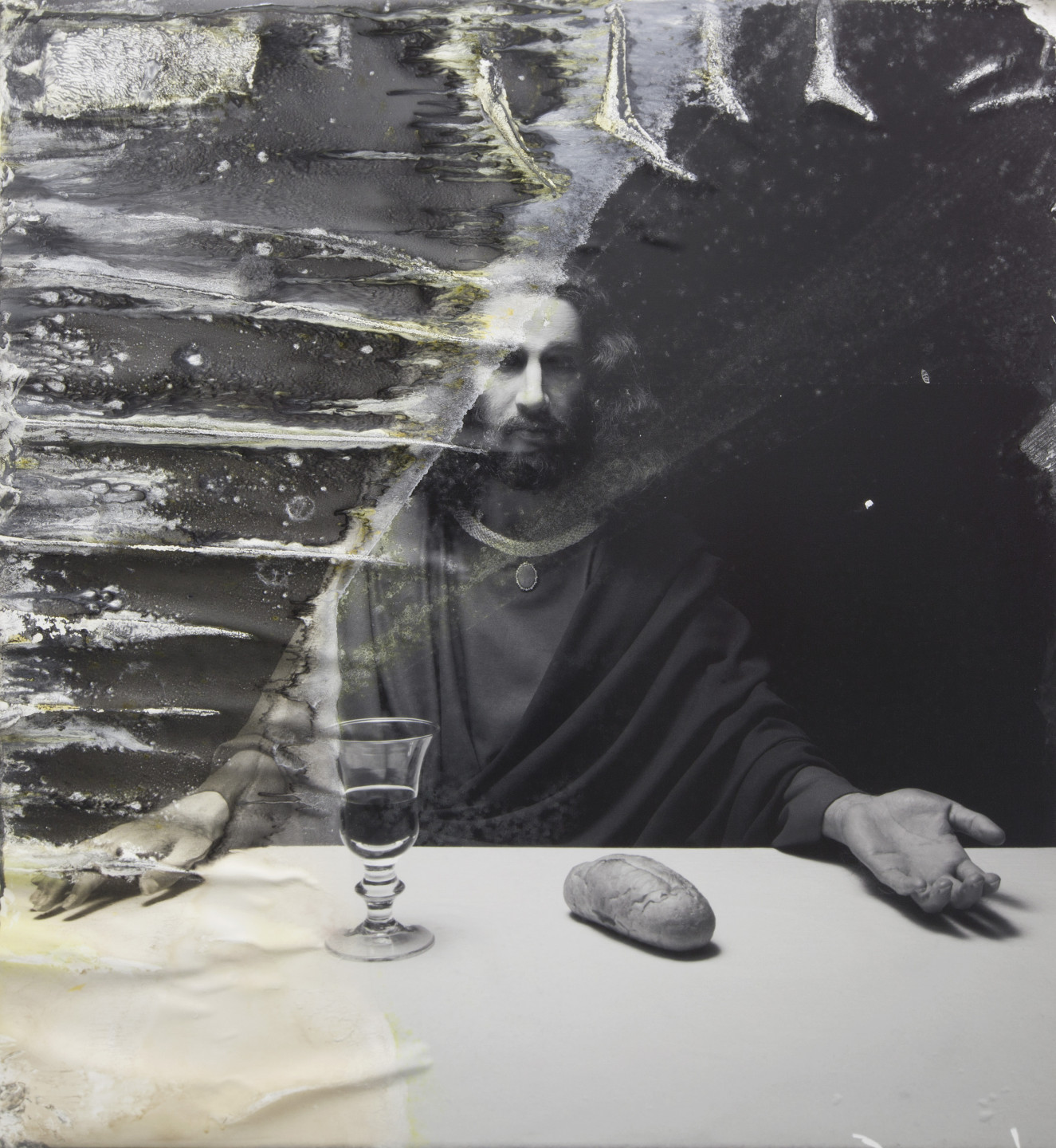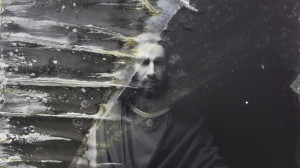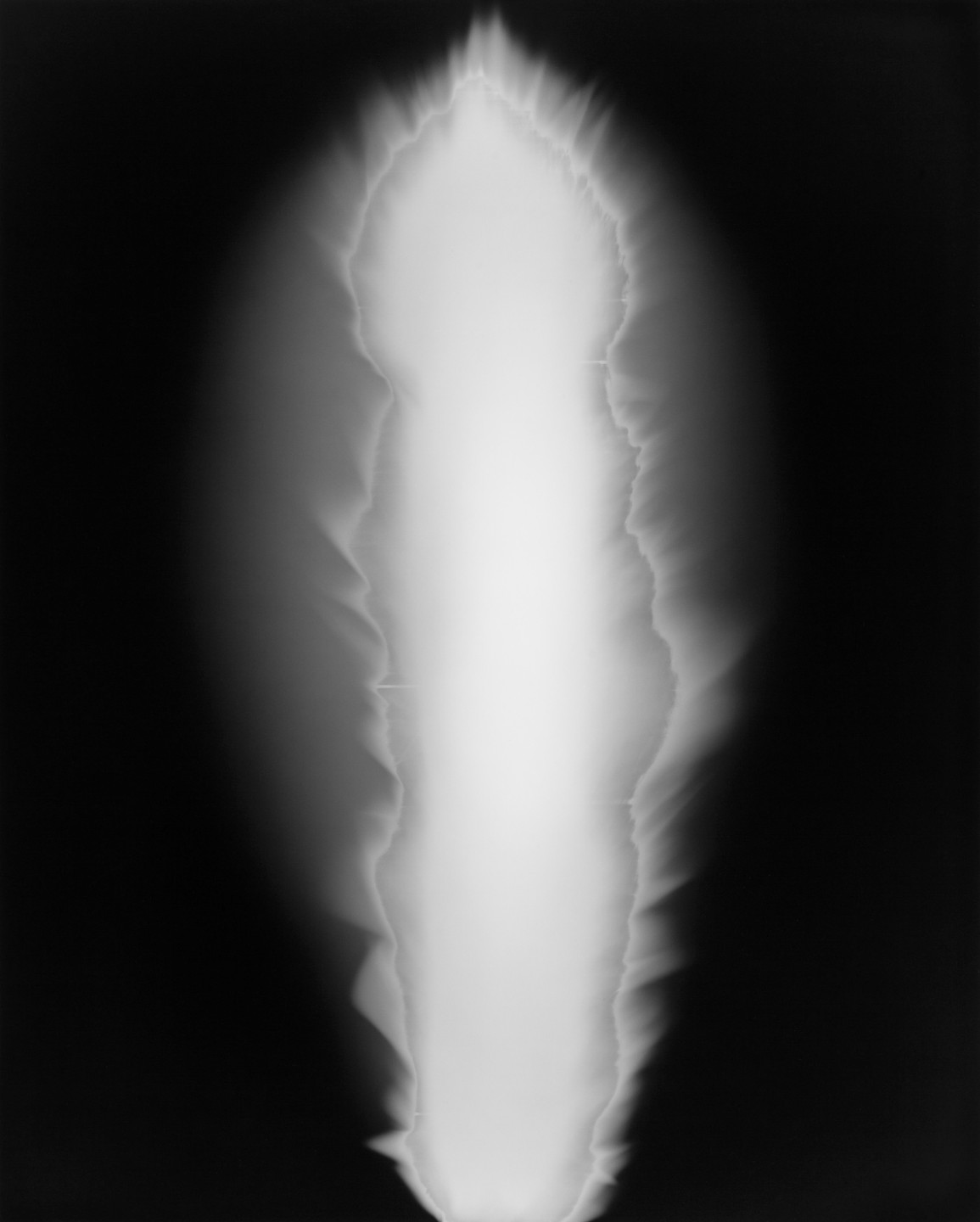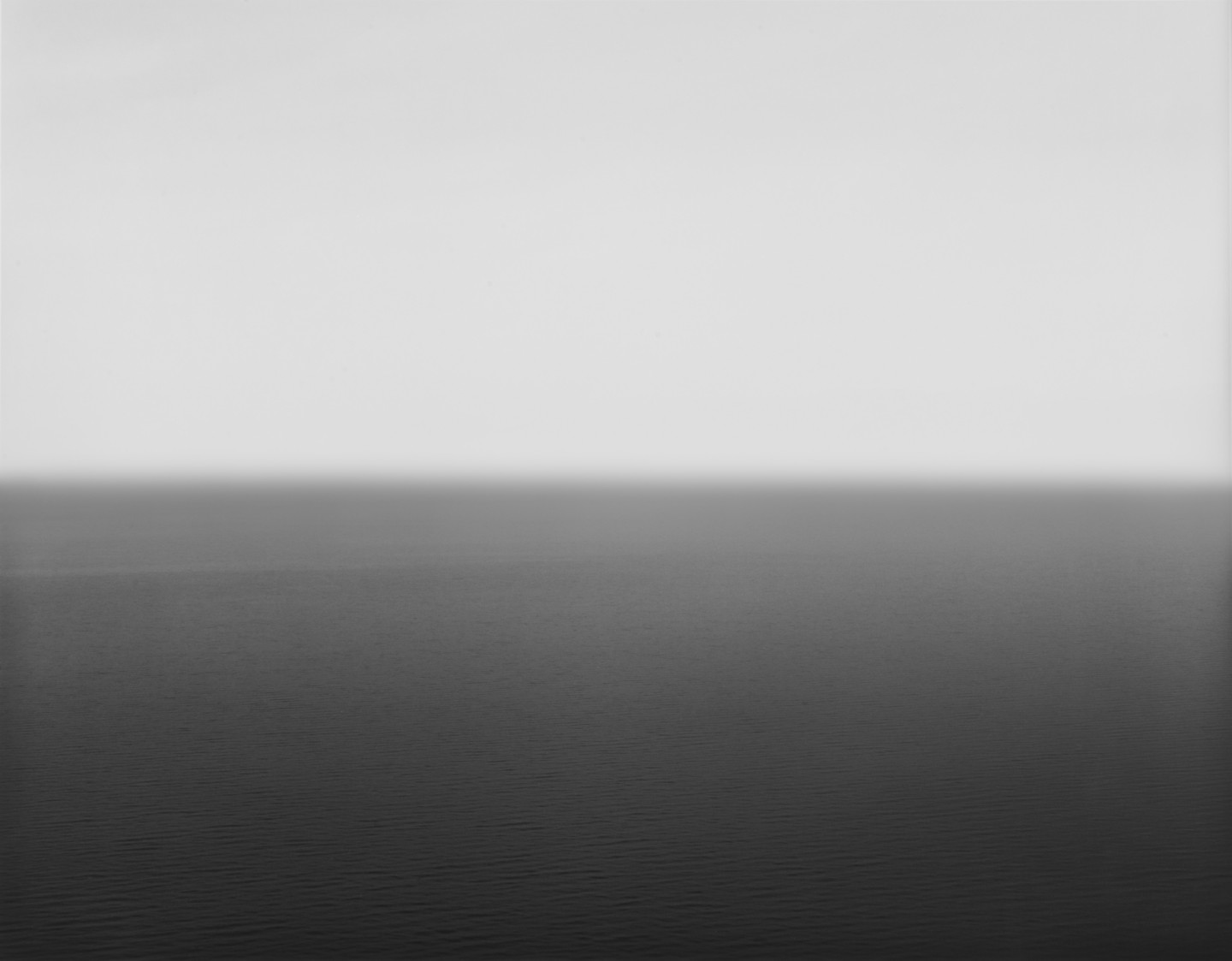It was October 2012 when Hurricane Sandy bore down on New York City with a ferocity not seen since Katrina barreled over the Gulf Coast barely seven years before. There was little New Yorkers, or anyone in the storm’s path, could do other than prepare themselves for the inevitable worst that is the grim consequence of extreme weather.
The American social philosopher Eric Hoffer suggested that Nature is not subject to humane concessions such as compassion or understanding, and that its only punishment is death. It’s a dark, yet accurate assessment of the climactic forces that influence all life on this planet. Yet, out of destruction often springs the unexpected, as was the experience of acclaimed photographer Hiroshi Sugimoto.
Sugimoto, who lives between New York and his native Japan, rode out Hurricane Sandy like many other New Yorkers, watching the skies and hoping for the best as the rain fell and the waters around the city rose. After the Hudson River breached its banks and flooded several neighborhoods, Sugimoto discovered that the storage unit that was supposed to protect his work could not hold back the floodwaters. Numerous artists faced the same dismal reality that their work had been lost. But rather than cast off the damaged objects, Sugimoto explored the elements that altered his prints and gave rise to an unanticipated aesthetic evolution.
Hiroshi Sugimoto: Acts of God is the latest installation of the photographer’s work at Fraenkel Gallery, and it is anchored by the breathtaking, multi-paneled piece entitled Last Supper: Acts of God(1999/2012). Measuring over 24 feet in length, the piece features a scene of wax figures representing the last meeting of Jesus Christ and his 12 Apostles, referencing numerous paintings but most notably Leonardo Da Vinci’s famed composition in the refectory of Santa Maria delle Grazie in Milan. Sugimoto’s Last Supper was captured in a wax museum in Izu, Japan for the Portraits series, an ongoing project that began as a commission by the Deutsche Guggenheim in 1999 and portrays notable figures who lived before the advent of photography, and “live” again both in wax and the photographic image. Minimal illumination throughout the exhibition creates a welcomed and contemplative setting in each of the three galleries.

Last Supper consists of five panels, four presenting groups of apostles as they flank Jesus Christ at the center. The figures are life size, each bearing artificial skin, hair, and clothing that render the forms eerie and life-like. Directly referencing Leonardo’s composition, all attention is focused on Christ, yet interactions between and reactions of the apostles create micro scenes in each panel. The figures appear to cajole, rebuke, and accuse one another at the news that one among them would betray their leader, creating a dramatic tension that is offset by Christ’s gentle manner and gesture at the composition’s center.




